Our Library
Explore our publications, from research papers and series to educational materials, covering all aspects of conflict transformation and peace promotion.
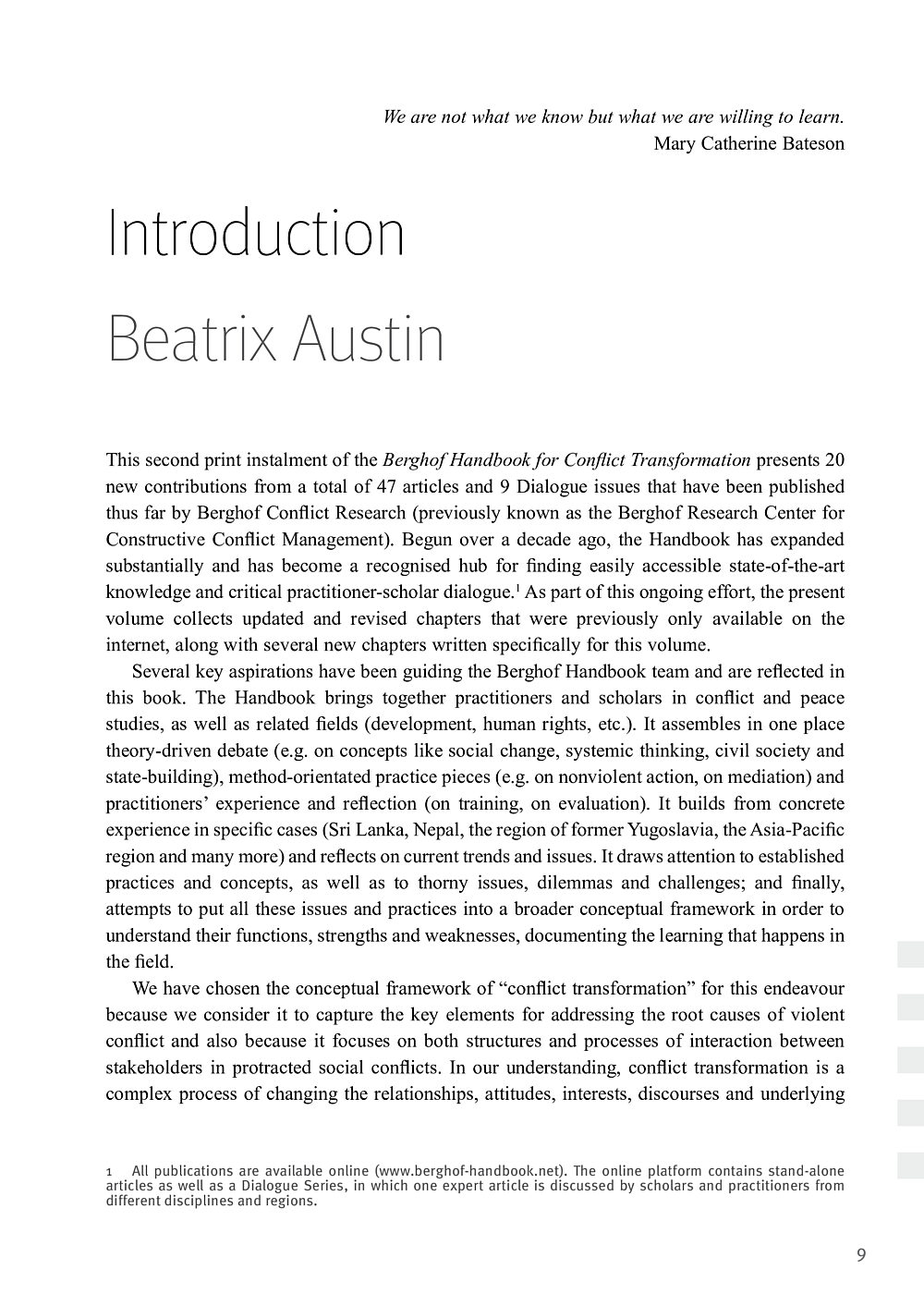
Introduction to the second print volume of the Berghof HandbookHandbook Article
- Year2011
- Author(s)Beatrix Austin
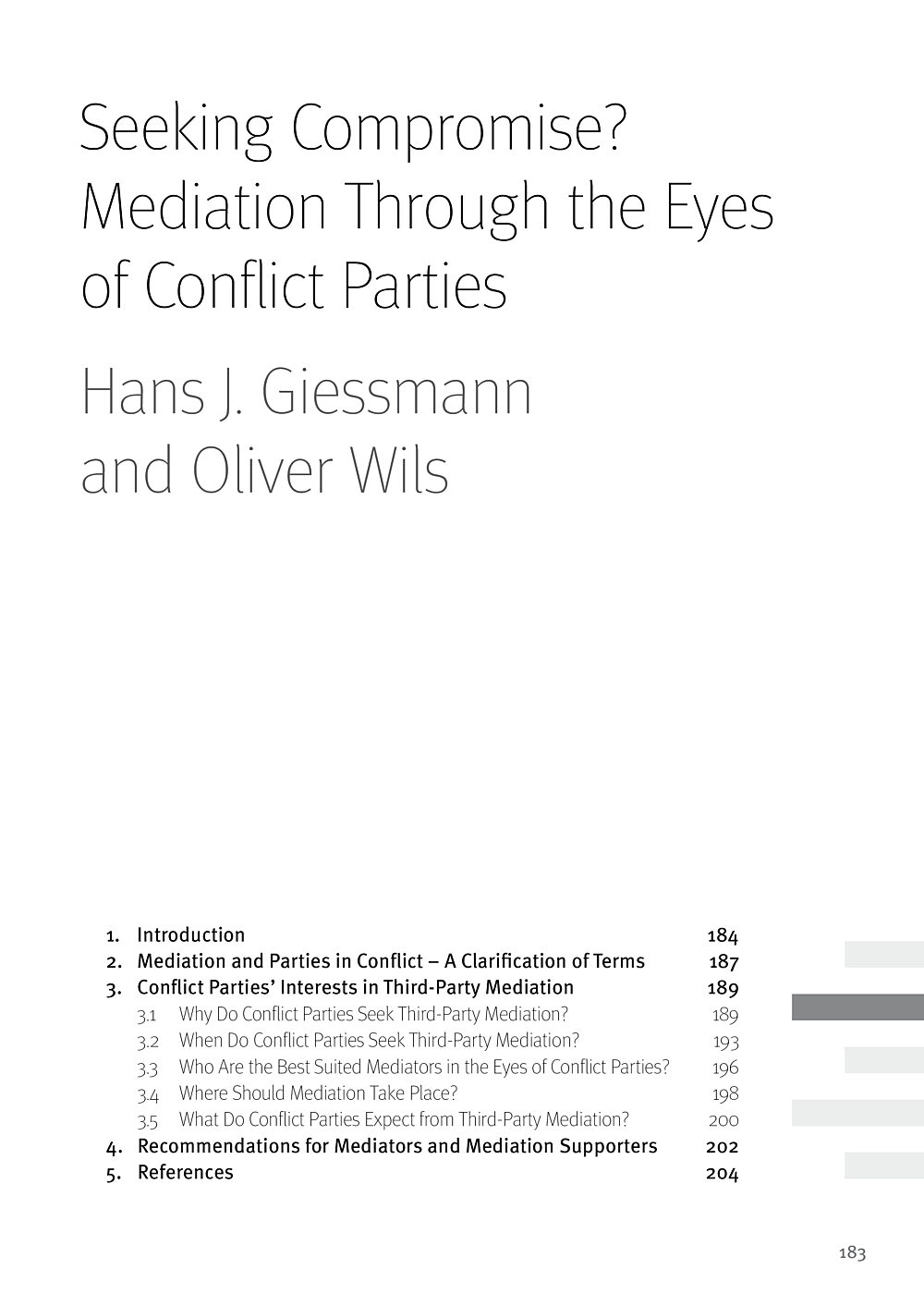
Seeking Compromise? Mediation through the Eyes of Conflict PartiesHandbook Article
- Year2011
- Author(s)Hans-Joachim Giessmann, Oliver Wils
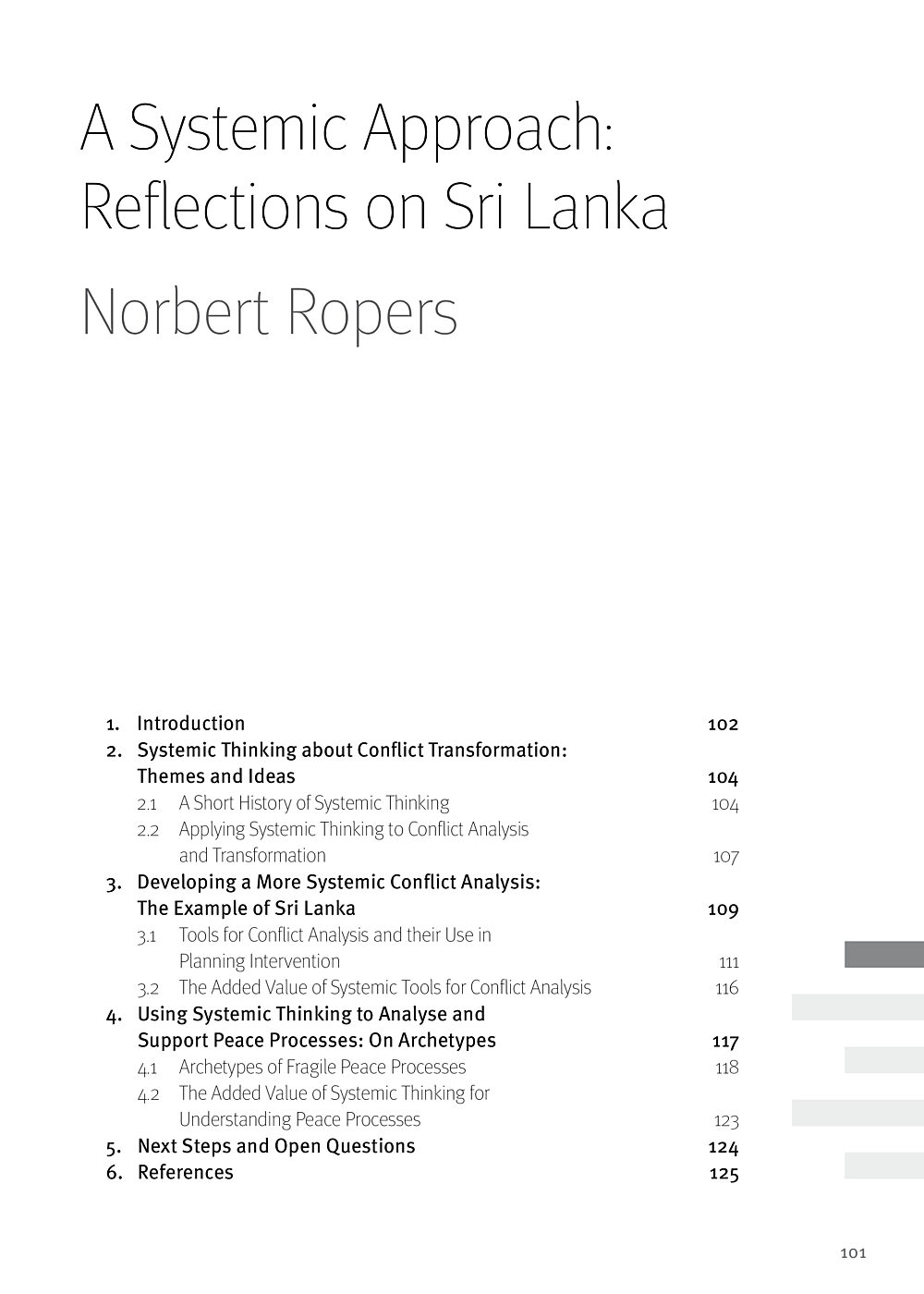
A Systemic Approach: Reflections on Sri LankaHandbook Article
Demonstrates the potential of systemic conflict transformation tools as applied to the civil war and peace process in Sri Lanka, based on dialogue and capacity building work carried out from 2001-2008. Taking on board the complexity, dynamism and non-linear development paths of protracted conflict systems, the author offers some insightful ways to help mobilise the “internal resources” inherent to a system as a means of solving problems and to re-conceptualise peace as a learning process. (updated for 2011 print edition)
- Year2011
- Author(s)Norbert Ropers
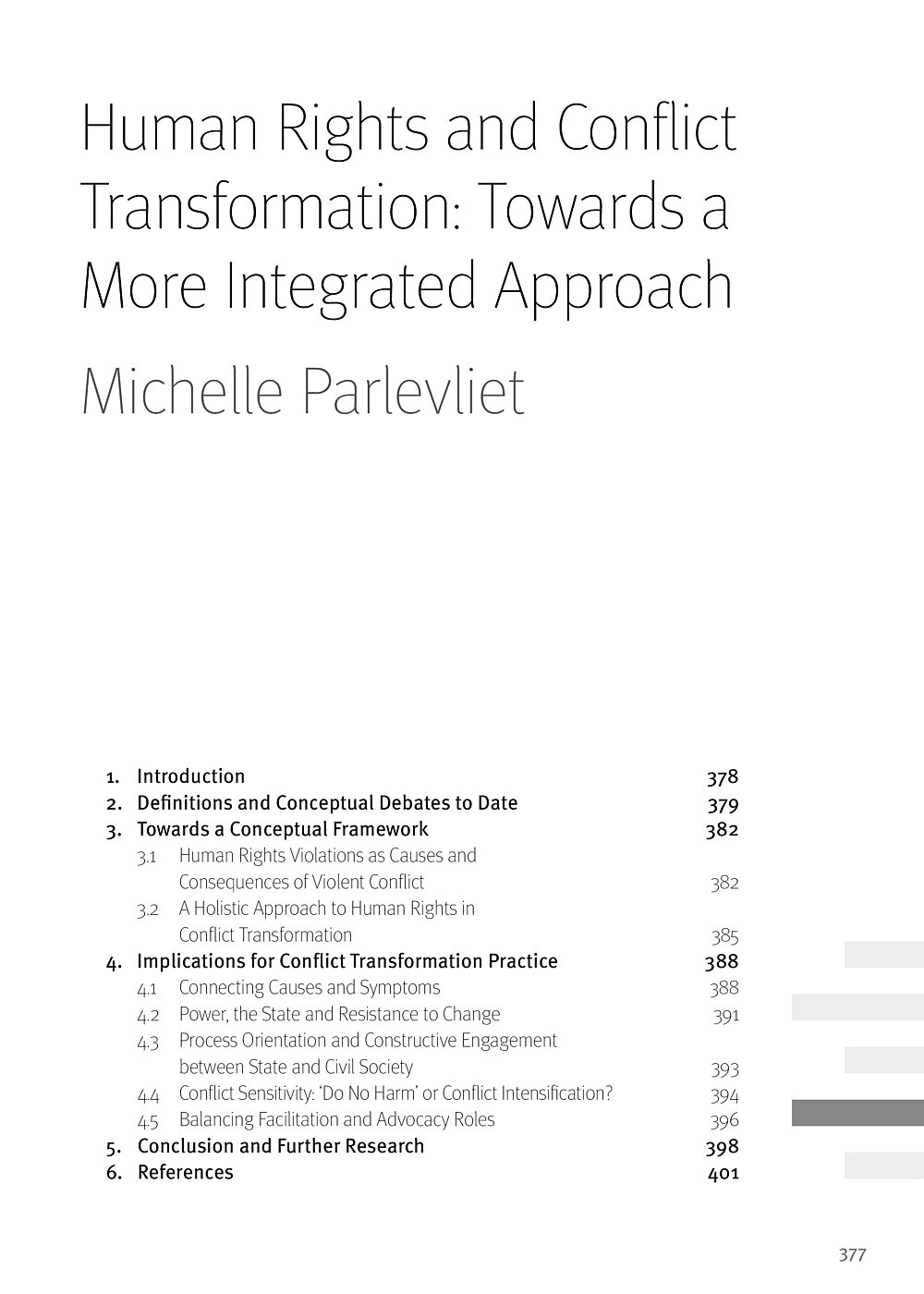
Human Rights and Conflict Transformation: Towards a More Integrated ApproachHandbook Article
- Year2011
- Author(s)Michelle Parlevliet
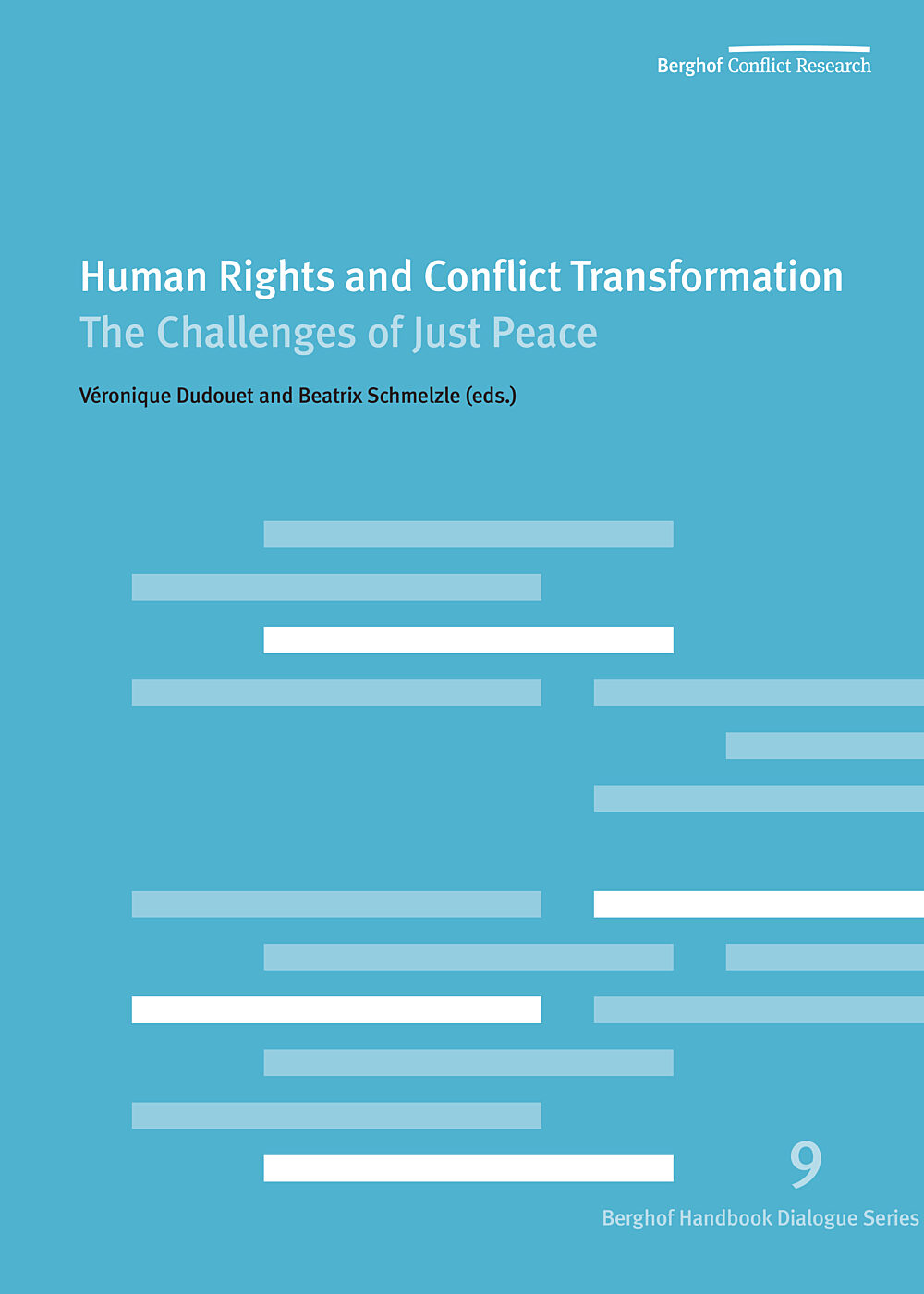
Human Rights and Conflict Transformation: The Challenges of Just PeaceHandbook Dialogue Series No. 9 - complete
- Year2010
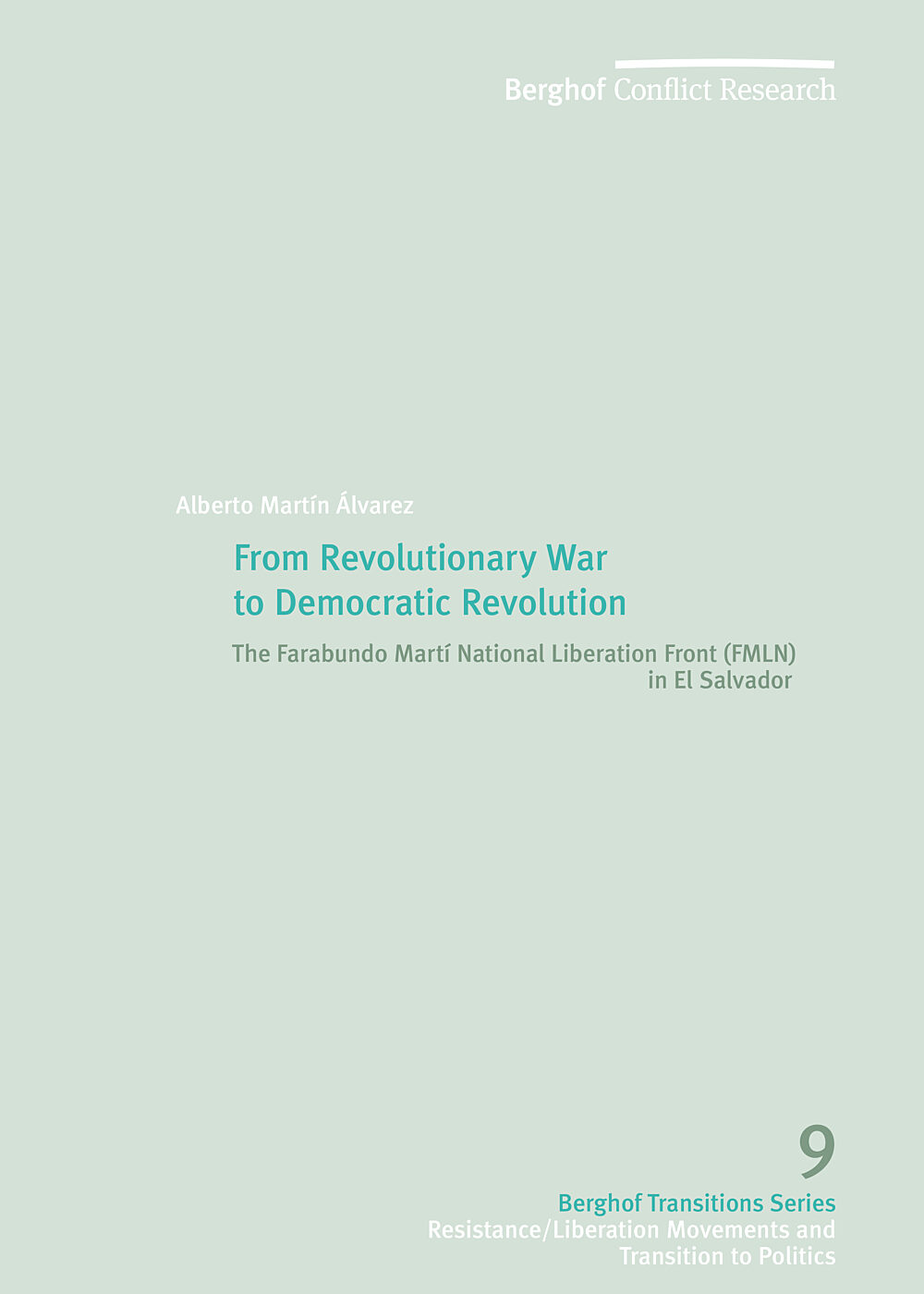
From Revolutionary War to Democratic Revolution: The Farabundo Martí National Liberation Front (FMLN) in El SalvadorTransitions Series No. 9
In the context of an authoritarian regime, controlled by the military in alliance with a powerful landowning oligarchy, Salvadoran political-military organisations sprung up throughout the 1970s. Political and economic exclusion were the basis from which a wide popular movement arose – one that was to be almost immediately confronted with massive and indiscriminate repression. Faced with the closing of arenas for political participation, huge numbers of activists joined the ranks of the guerrilla army during the late 1970s. The five Salvadoran revolutionary organisations1 created the Farabundo Martí National Liberation Front (Frente Farabundo Martí para la Liberación Nacional, FMLN) in October 1980, with the joint aim of both procuring the government’s defeat as well as creating a socialist project.
- Year2010
- Author(s)Alberto Martín Álvarez
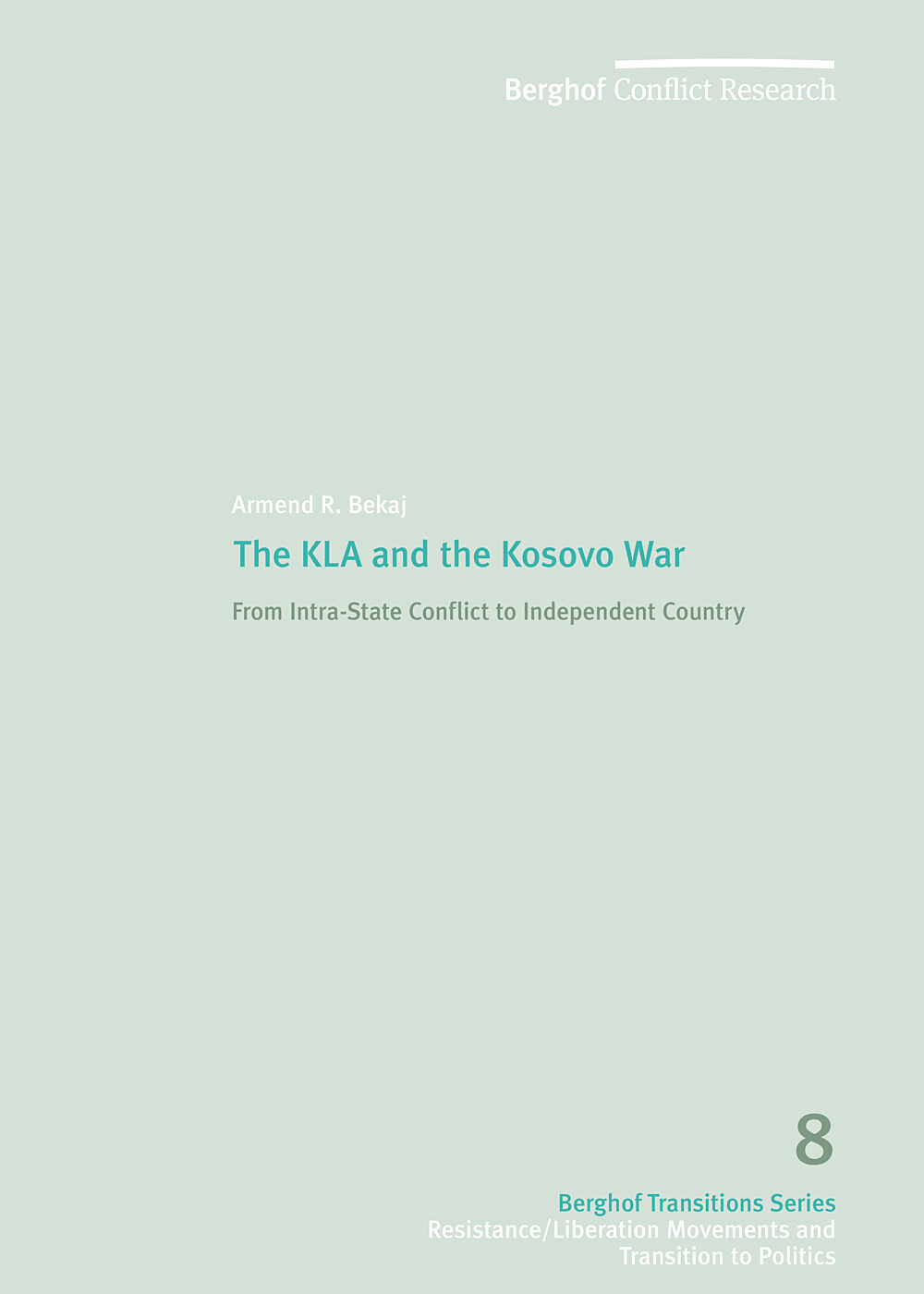
The KLA and the Kosovo War: From Intra-State Conflict to Independent CountryTransitions Series No. 8
The recent conflict in Kosovo is often referred to as a unique case study for several reasons: the factors that contributed to the sudden rise of the Albanians’ armed insurgency movement in the mid- to late-1990s; the heavy involvement of the international community, climaxing in the armed intervention of the North Atlantic Treaty Organisation (NATO) against a sovereign state – Serbia/Federal Republic of Yugoslavia (FRY); and the subsequent establishment of the international protectorate in Kosovo, led by the United Nations (UN) in concert with the NATO Kosovo Force (KFOR) and the widest array of international organisations to date. These unique circumstances, so the argument goes, have followed Kosovo’s political path, leading up to its declaration of independence. Along this path, international norms of self-determination and human rights versus those of national sovereignty and non-interference in internal matters have been invoked, tested and have even clashed repeatedly. The recent deliberations at the International Court of Justice (ICJ) at the Hague as to whether or not Kosovo’s declaration of independence is legal bear testimony to this clash.
- Year2010
- Author(s)Armend R. Bekaj
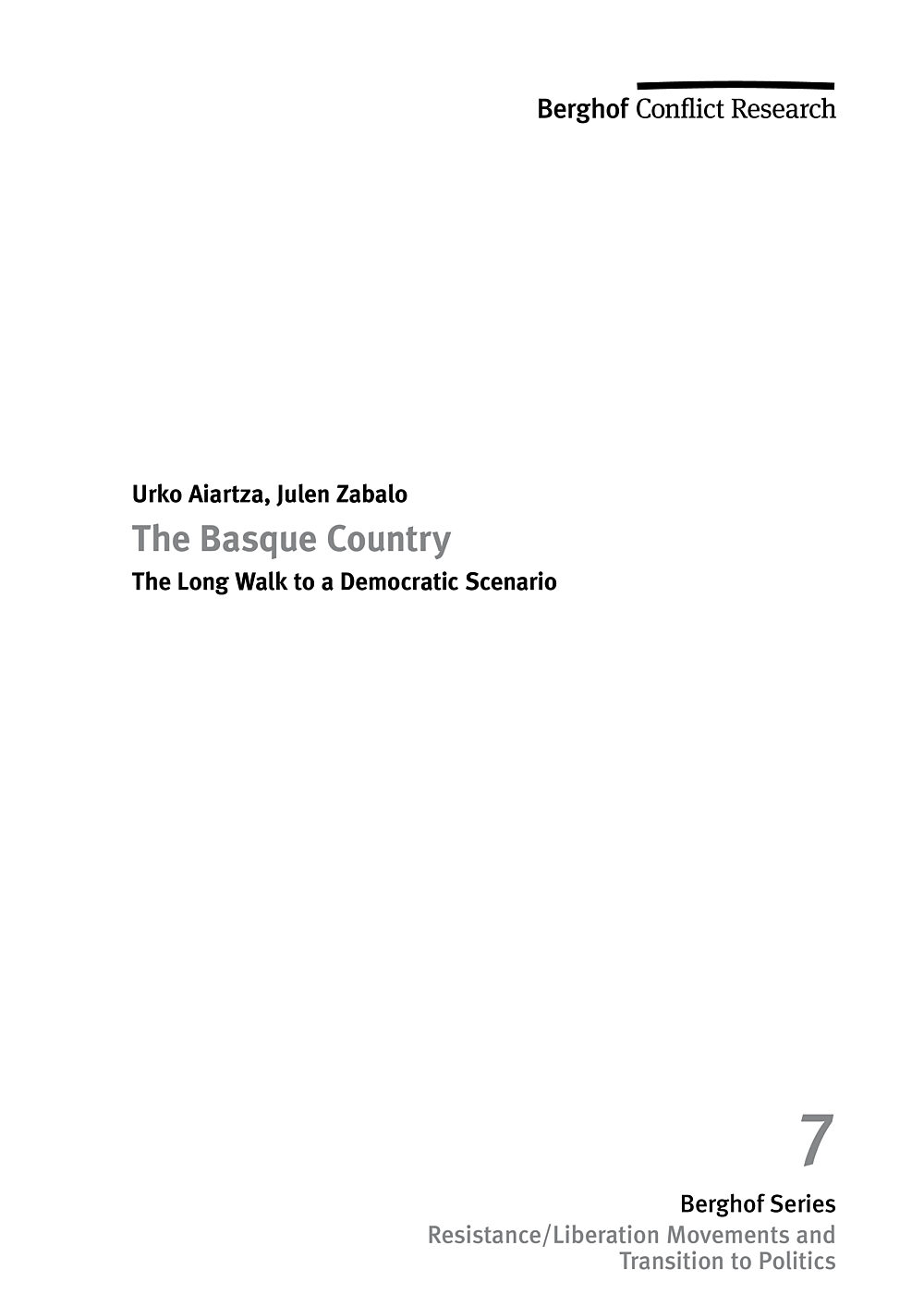
The Basque Country: The Long Walk to a Democratic ScenarioTransitions Series No. 7
The objective of the present study is to analyse the evolution of the conflict between the Spanish state and the Basque Country, from the creation of Euskadi Ta Askatasuna (ETA - Basque Country and Freedom) in 1958 to the present, from the point of view of the pro-independence forces. We will start with a quick overview of the origins of the conflict, before presenting the formation and development of the so-called “abertzale left” (Ezker Abertzalea) – which could be translated, and will be at times referred to here, as the patriotic left, nationalist left or pro-independence left. We will also look at the various phases of the search for a solution to the conflict through dialogue and negotiation. Although we will mention the relationship between the northern territories of the Basque Country and France as part of the historical analysis, we will not be studying the development of the nationalist and identity movement in the north. Instead, we will focus here on the conflict between the Spanish state and the Basque Country.
- Year2010
- Author(s)Urko Aiartza Azurtza, Julen Julen Zabalo
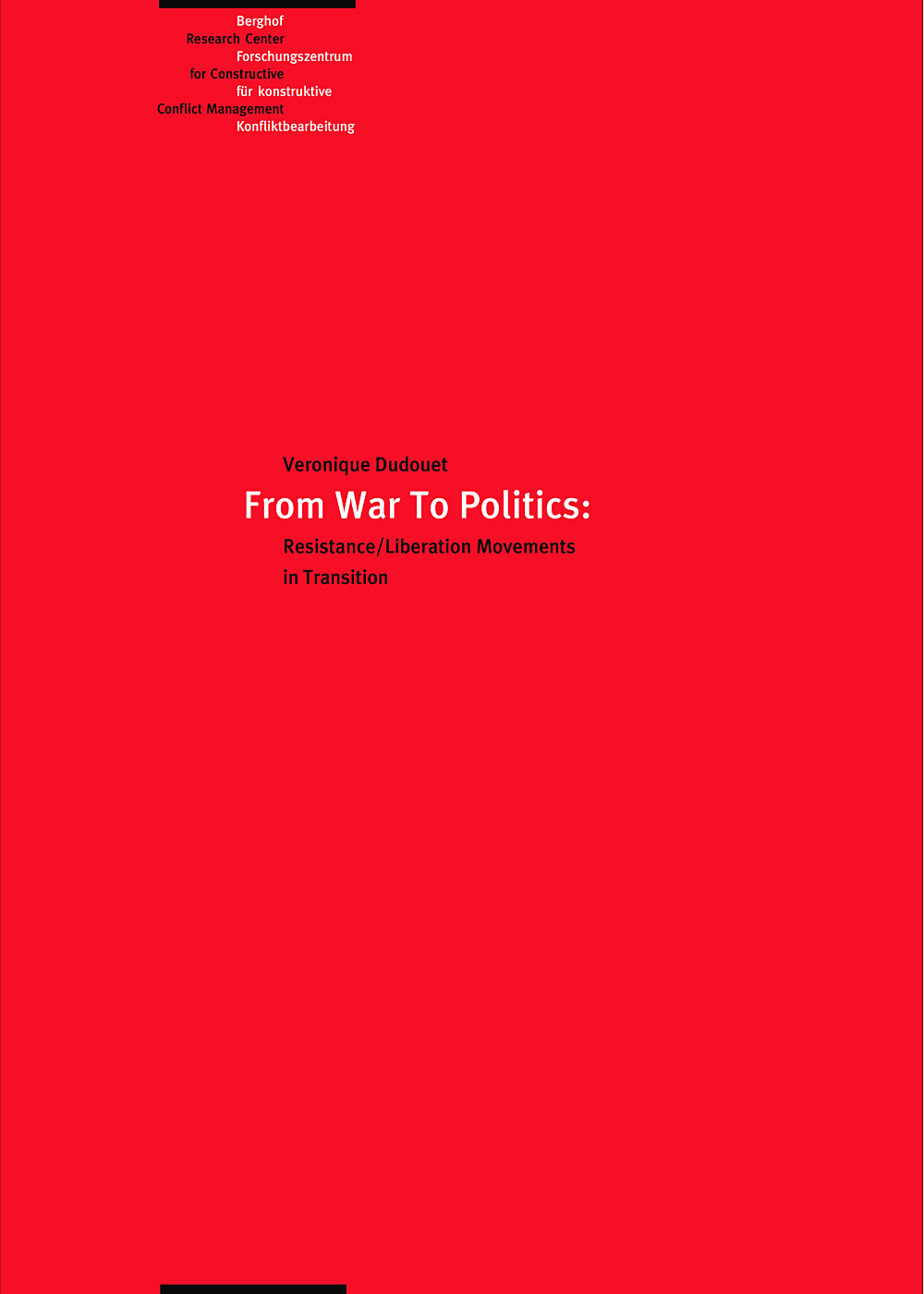
From War to PoliticsResistance/Liberation Movements in Transition (Report No. 17)
Recent experience around the world has demonstrated that resistance and liberation movements have become a defining feature of contemporary political conflicts, and that in the end, reaching political settlements needs their active involvement and cooperative engagement. The purpose of this report is to understand more fully how choices between violent and non-violent strategies are made to achieve certain political ends, which factors impact on these decisions, and conversely, how these choices affect conflict transformation and post-war reconstruction.
- Year2009
- Author(s)Véronique Dudouet

من الحرب إلى السياسةحركات المقاومة والتحرير في طور الانتقال
[ترجمة آلية الملخص]
أثبتت التجارب الأخيرة حول العالم أن حركات المقاومة والتحرير أصبحت سمة مميزة للصراعات السياسية المعاصرة ، وأن الوصول إلى تسويات سياسية في النهاية يحتاج إلى مشاركتها النشطة والمشاركة التعاونية. الغرض من هذا التقرير هو الفهم الكامل لكيفية اتخاذ الخيارات بين الاستراتيجيات العنيفة وغير العنيفة لتحقيق غايات سياسية معينة ، والعوامل التي تؤثر على هذه القرارات ، والعكس بالعكس ، كيف تؤثر هذه الخيارات على تحول الصراع وإعادة الإعمار بعد الحرب
- Year2009
- Author(s)Véronique Dudouet